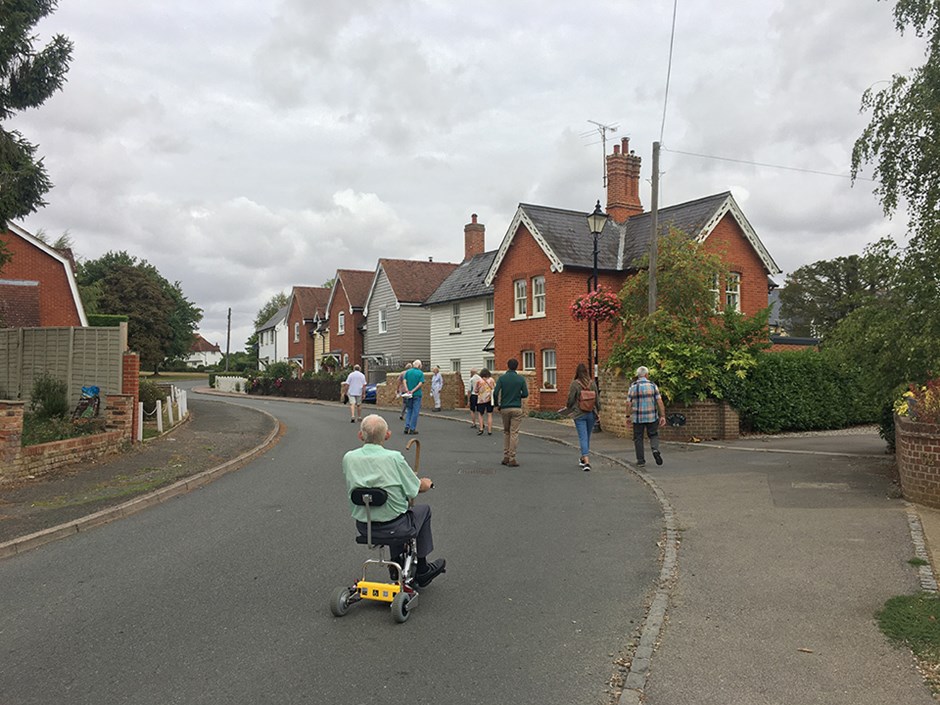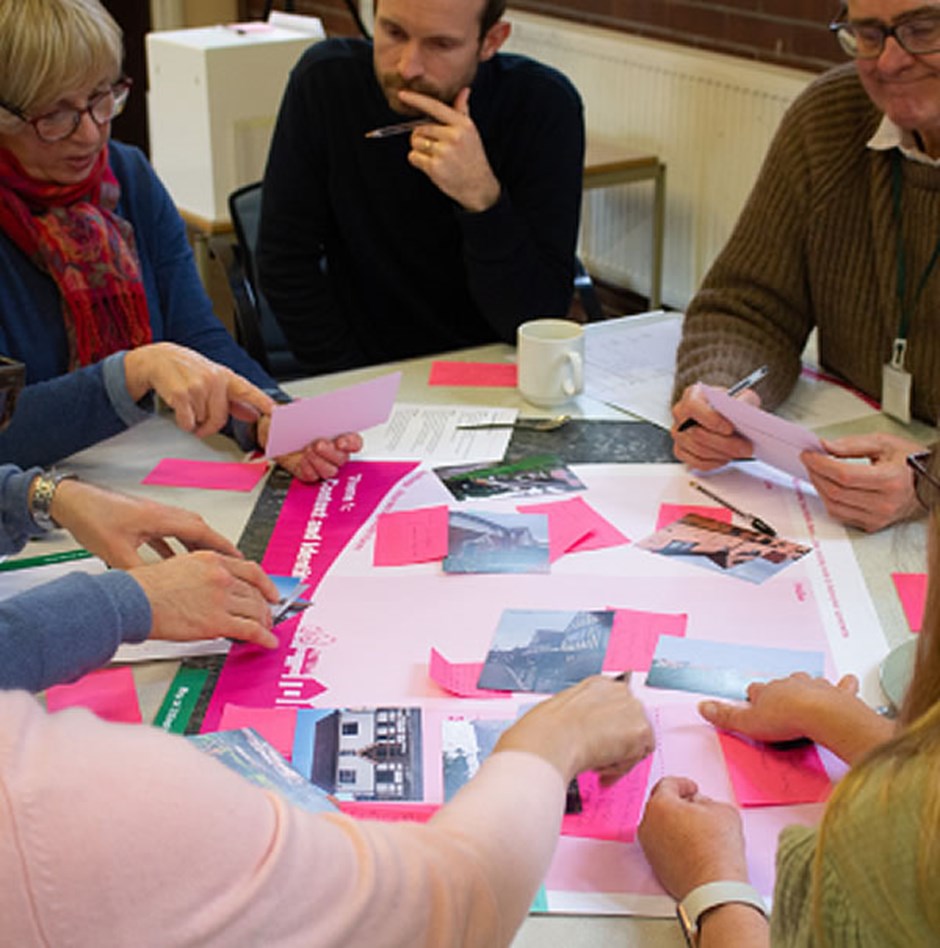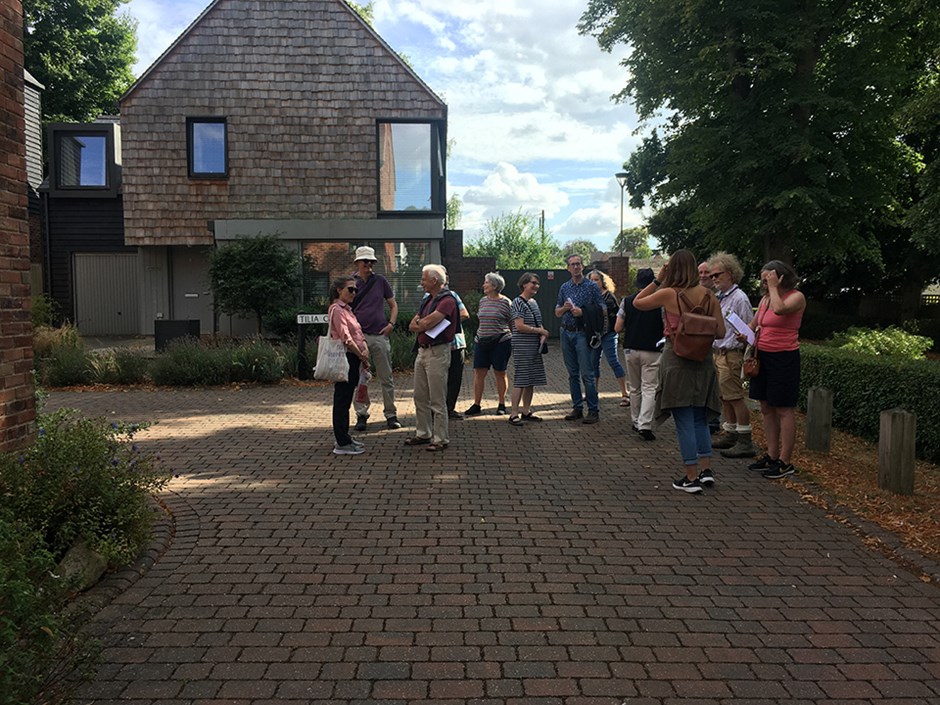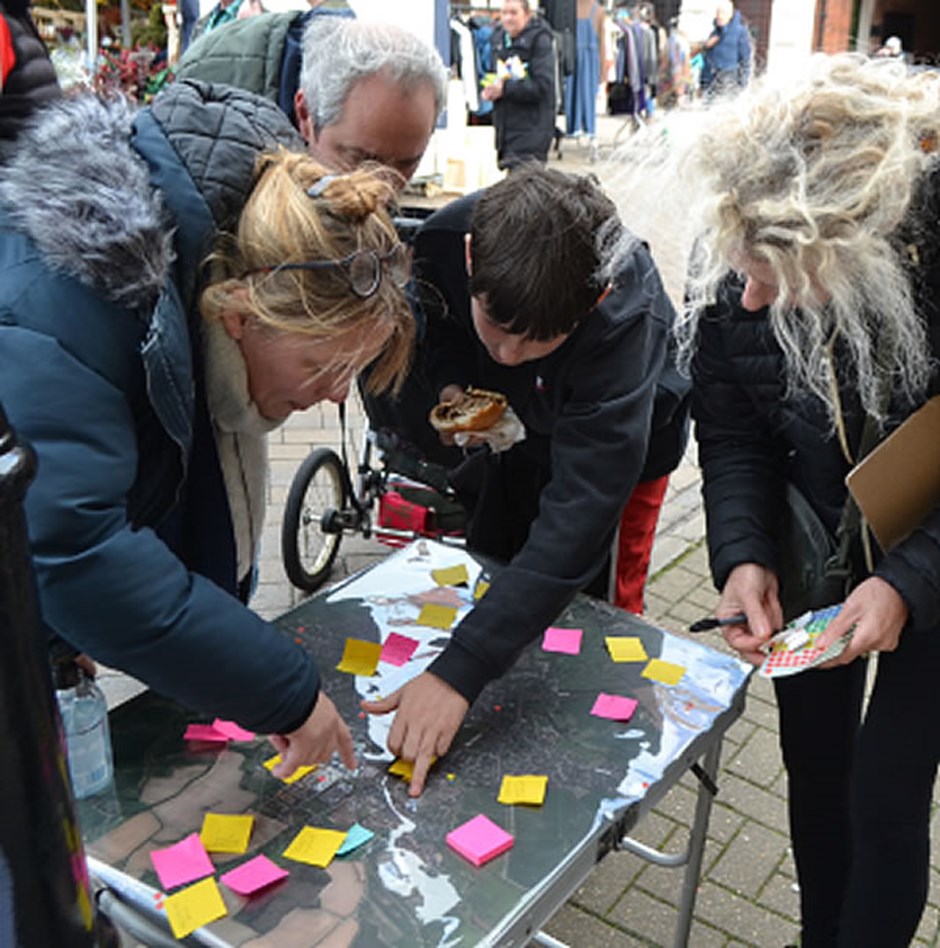Engagement Process
The National Model Design Code sets clear requirements for wide and deep engagement with local people from the early stages of design code production. More information can be found in the National Model Design Code and guidance notes.
The aims of the community consultation undertaken were to:
- establish the core architectural and place characteristics of Uttlesford,
- understand the values community members would like to see upheld in future development
- share / test best practice urban design principles
- include this insight to develop and structure the Uttlesford District Design Guide
- broaden local ambition and imagination as to what might be possible in terms of quality, appropriate design, and
- inform residents and stakeholders about what Design Codes are and how they will be used and offer reassurance that any new development in Uttlesford will be sensitive and of a high quality.
To ensure the consultation reached a wide demographic and geographic audience, the following methods were employed:
- Stakeholder mapping to identify the key community groups in the area and, where appropriate use them as gatekeepers to reaching wider communities. For example, asking schools to disseminate information via their newsletters.
- Launching a dedicated website where information about the design code and related issues could be shared, where the community could complete surveys, and where people could contact the team and sign up for updates.
- Taking the consultation out into the community via pop-up stalls in market squares and at the Touchpoint community hub. These reached a broader socio-economic mix than events people had elected to attend, including a broad spread of ages, family groups, ethnicities, people shopping in markets and people using foodbanks.
- Hosting in-person workshops and exhibitions that allowed discussion between community members to hear each other's perspectives.
- Leading walkabouts and coach tours that allowed people to experience well-designed new developments around Uttlesford and to discuss what they like / didn’t like about them.
- Devising bespoke workshops for Scouts and Beavers that would count towards their activity badges. These offered something useful to the group while hearing from the young people what makes Uttlesford unique and what their values and priorities are for future development.
- Offering a mixture of online and accessible in-person sessions to allow people to choose the most convenient options.
- Using Uttlesford District Council’s social media channels (Twitter, Instagram, Facebook) to widely promote surveys, events, and other activities.
- Circulating posters and flyers to well-frequented locations across the district including libraries, schools, parish notice boards and a travelling play bus. This helped reach into the widely spread towns, villages and dispersed rural communities.
- Running a district-wide art competition to engage younger members of the community. This offered another, potentially more accessible, medium through which they could express their hopes for Uttlesford’s future. Through their children, more parents also got involved.
- Online surveys relating to each relevant stage were complemented by participatory activities such as workshops and walkabouts. The participatory sessions provided a forum for discussion, clarification and information exchange, while the online surveys offered an easy way to submit comments without travelling.
Page updated: 20/07/2023



